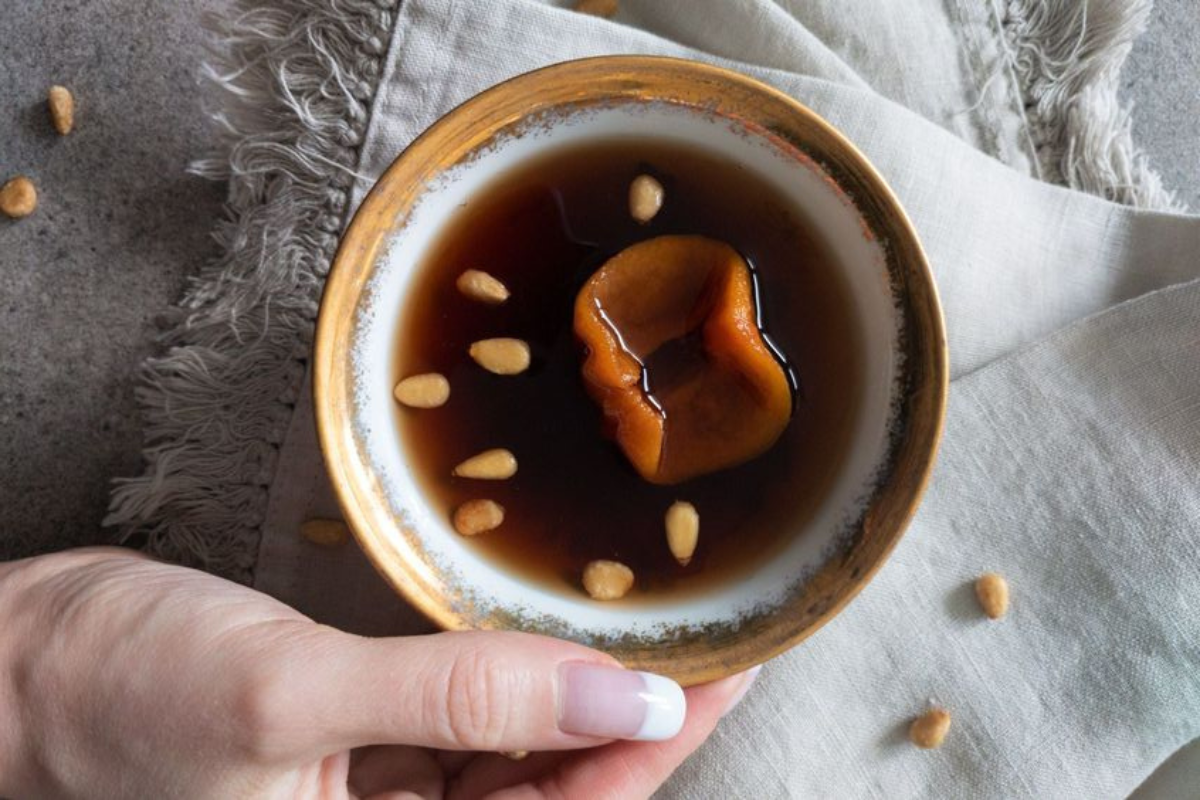Along with kimchi, Korea brings people around the world a variety of favored autumn dishes that can satisfy even the most demanding diners. Customers will experience an unexplainably delicious taste when enjoying a dish of seafood or seasonal fruits in the cold. As a result, guests’ memories of Korean autumn cuisine have never faded.
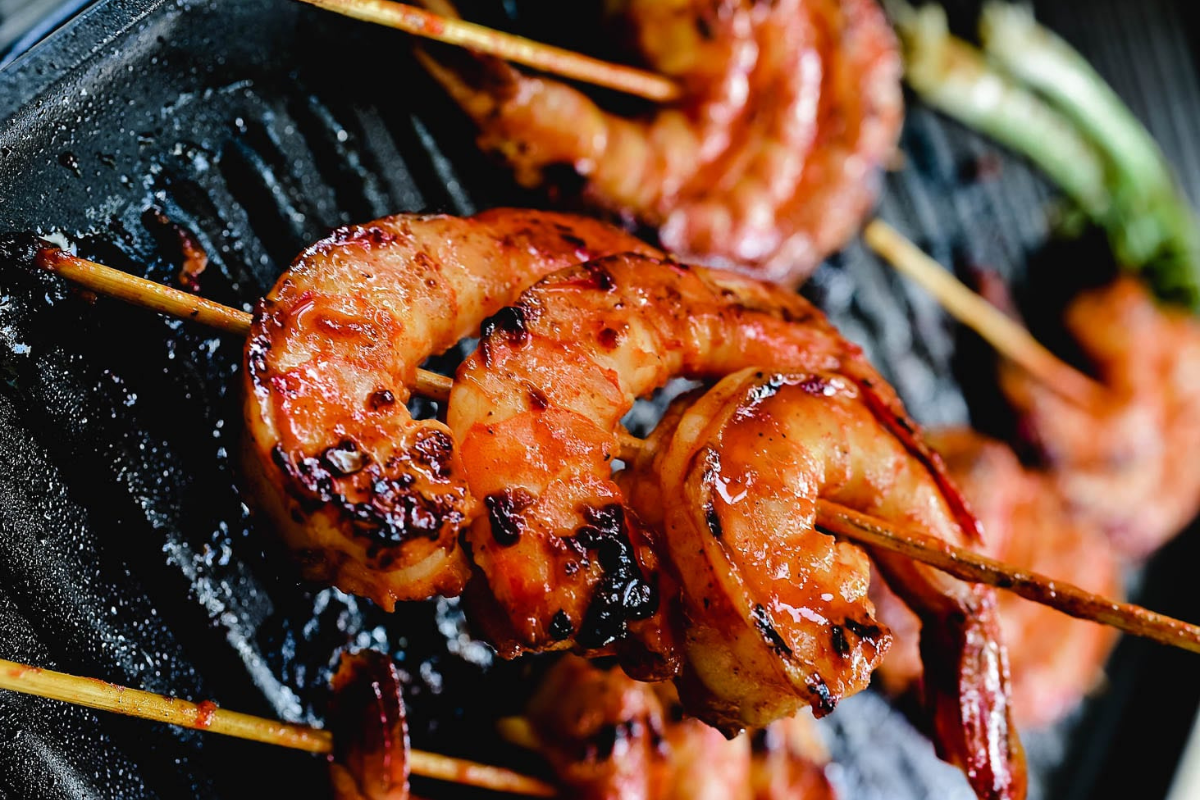
Korean cuisine is becoming increasingly popular around the world, especially in other parts of East Asia and the United States. The unique culinary culture with special flavors makes Korea unique and not mixed with any other country. Coming to Korea in the fall, diners will be surprised and delighted by the diversity of this long-standing cuisine.
Korean blue crabs: The symbol of ocean taste
The blue crabs are the first dish that you cannot ignore when it comes to Korean autumn cuisine. In this region, the season for meaty crabs is autumn.
Blue claw crabs are a seasonal specialty that are served in the spring and the autumn. However, the spongy and hard male blue claw crabs are one of the most delectable delicacies in the autumn, whereas the meat of female crabs is most delicious in the spring. In addition, this kind of seafood is not only scrumptious but also packed with nutrients. Crab flesh is a great source of vitamins and vital amino acids, while the shell includes calcium and chitin. Many Koreans are aware of their potential use for delaying aging and aiding alcoholism.
Individuals of the land of kimchi can process the crabs into many a wide range of tasty dishes such as crab soup, steamed crabs, or crab sauce. However, gejang – whole crabs marinated in soy sauce or spicy sauce—may be the tourists’ favorite food. The combination of rich sauce and fresh crabs will make it irresistible.
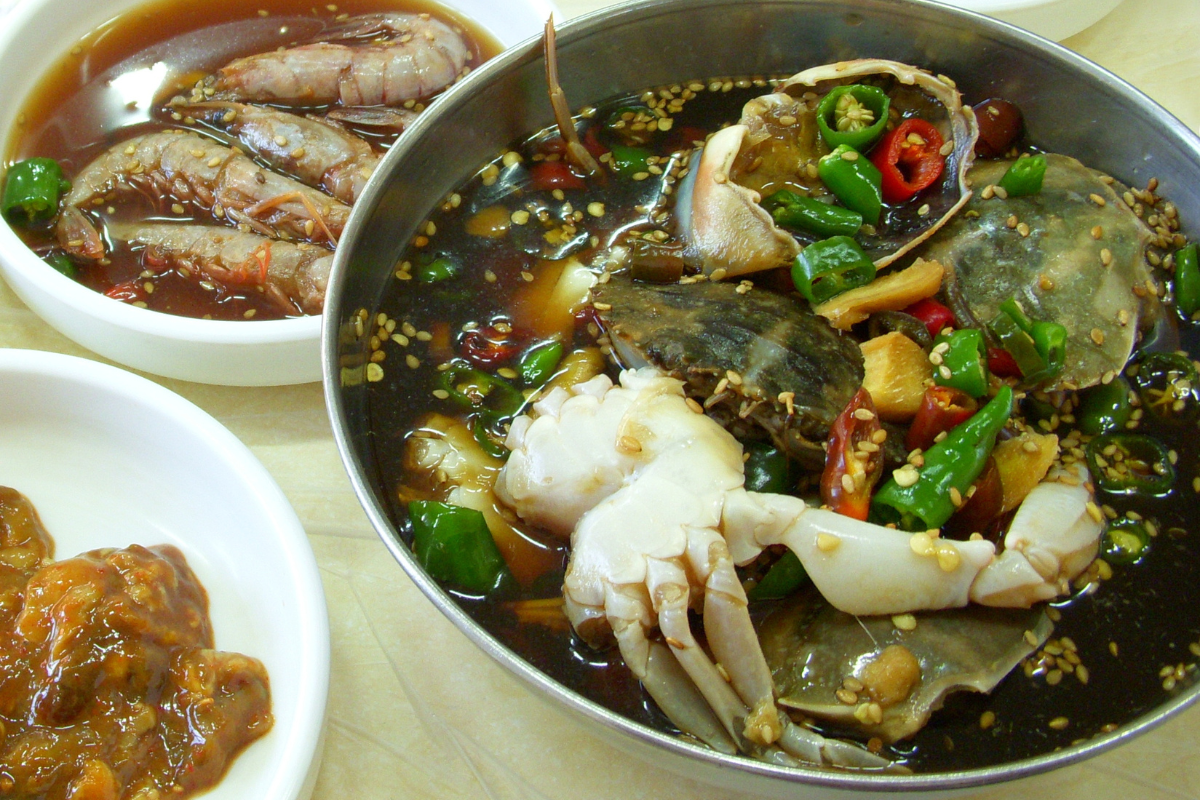
Diverse dishes with Jumbo prawns
Jumbo prawns are yet another delectable autumn meal that diners must try when coming to Korea. However, due to their demanding living standards, they are difficult to catch. As a result, the prawns are not at all inexpensive. Marine jumbo shrimps are superior to farmed shrimps because of their longer antennae, thicker shells, and tougher flesh.
Similar to blue crab, jumbo prawns may be prepared in a variety of ways. Boiling, steaming, or frying jumbo prawns are popular cooking methods. People frequently preheat a large pot, sprinkle whole grains of sea salt, and boil raw shrimps until they turn red. Diners can eat jumbo prawns without any sauce because they are naturally salty. You may soak them in a solution of vinegar and red soy sauce to enhance the flavor.
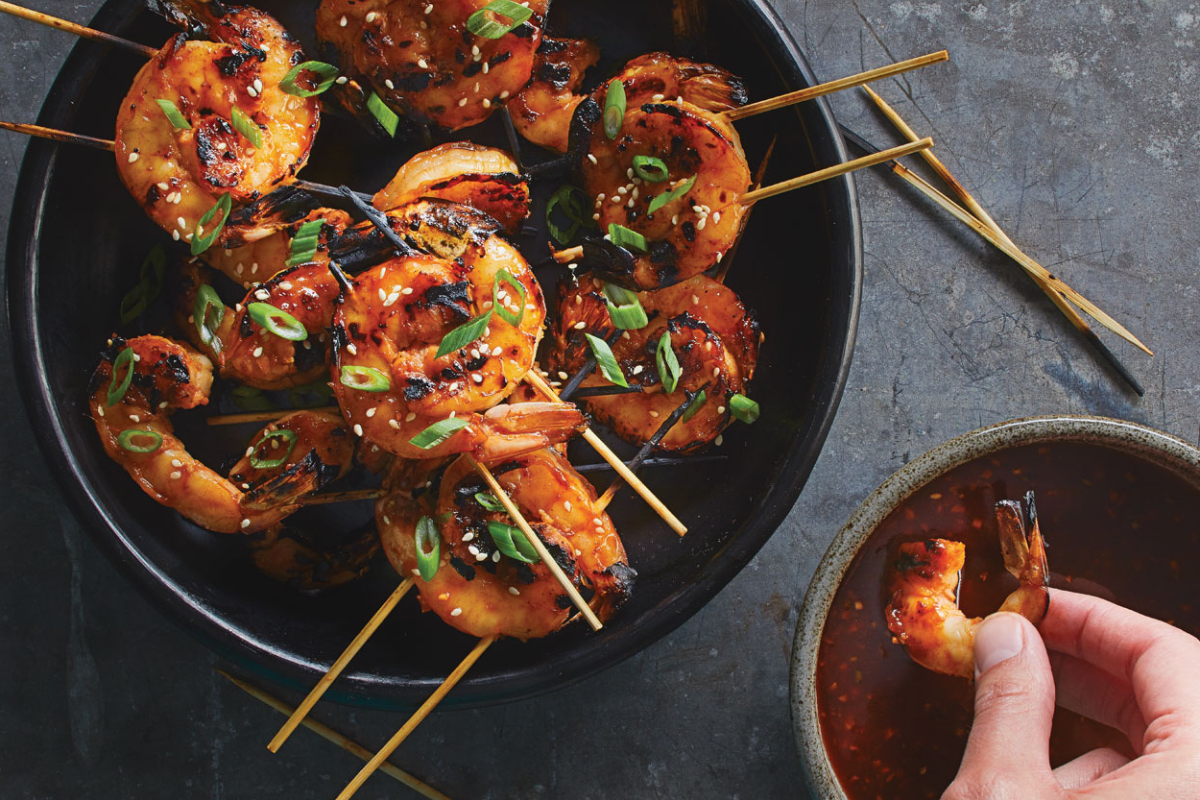
Photo: Cuisine At Home
Irresistible with autumn specialties grilled sardines
While sardines are often accessible all year long, this kind of fish takes on an even deeper and more delectable flavor in the autumn. According to Korean fishermen, sardines store up a lot of nutrients in the autumn to be ready for a long and chilly winter. Thus, this will be the ideal occasion to eat this meal. Late September to mid-November in the autumn is the best period to catch sardines. The bigger the sardine, the fatter it is. As a result, you should eat sardines that are longer than 15 cm, because they may provide both nutrition and delectable fish meat.
Sardines may be prepared in a variety of ways, but undoubtedly the freshest slices are best served in lettuce wraps with a garlic and chili dipping sauce. If diners are into a stronger flavor, though, you may season it with some salt, and grill it. Sardines that have been barbecued are a popular tourist food in Korea.
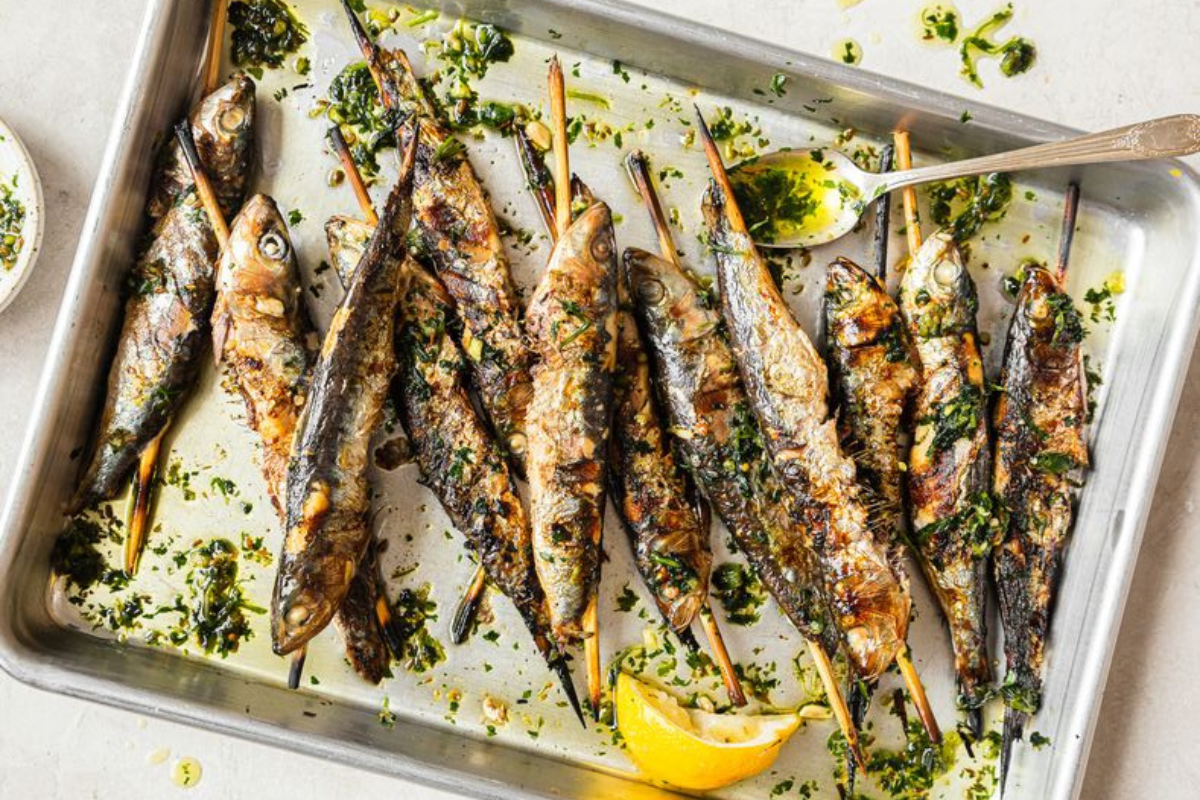
Sweet memories of sipping Korean plump
The plump, fresh, and alluring persimmons can’t be missed if you visit Korea in the autumn. This fruit is said to be representative of seasonal Korean cuisine.
Persimmons have a delicate, sweet scent that is highly alluring when they are ripe. Unprocessed persimmons are frequently consumed. Tourists may also dry them and then utilize them to produce wine, vinegar, jam, tea, or juice. In Korea, you may eat ripe persimmons that are crisp and tender, then purchase jam or dried persimmons as gifts.
Persimmon trees are planted throughout Korea, from narrow alleys to temples and pagodas in the mountains. It has become a symbol of the nation’s culture of Koreans. These dried persimmons which have a significant amount of natural sugar, are soft to chew and have a very sweet flavor. The powder coating makes this fruit considerably more beneficial as a medication to prevent and treat cardiovascular disease.
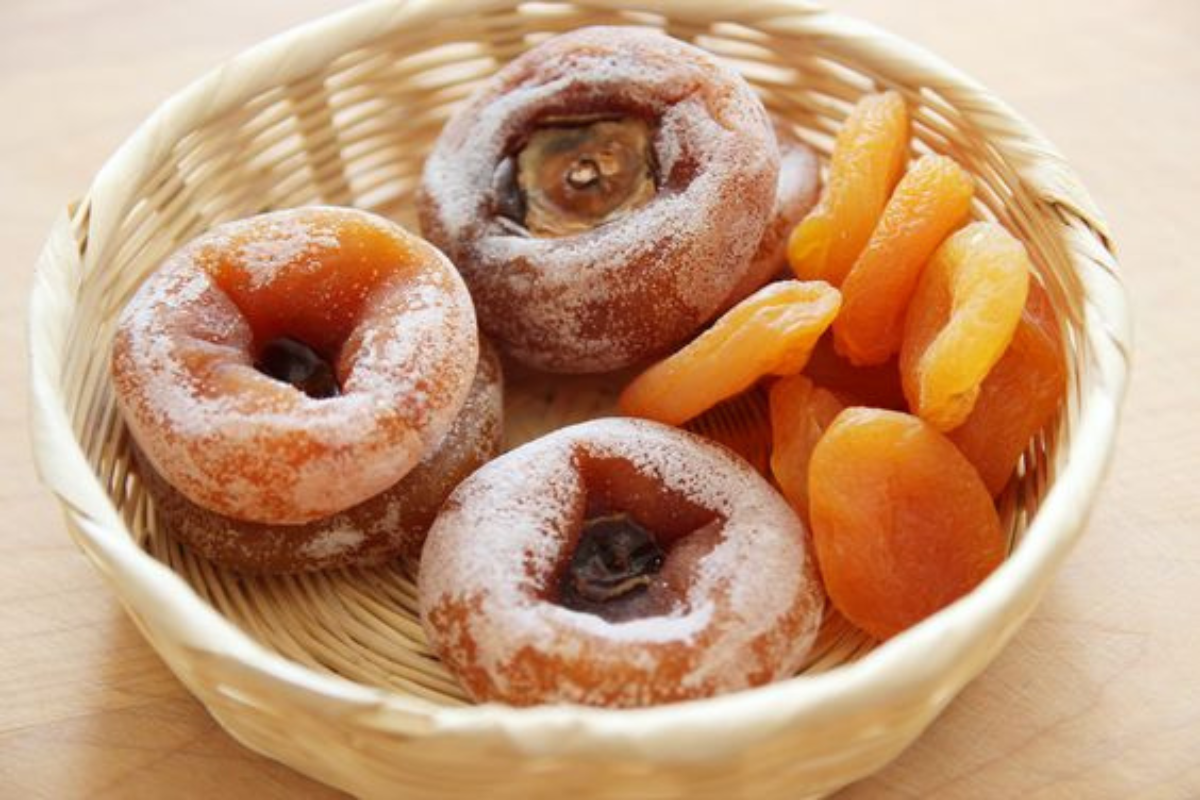
Sujeonggwa: A Korean herb that is good for health
Sujeonggwa rose cinnamon tea is a traditional Korean dessert. This tea is made from the main ingredient, persimmon jam which is also known as Jeonggwa. This rose cinnamon tea is essentially drunk during holidays and New Year. Koreans soak dried persimmons in ginger and cinnamon water to make Sujeonggwa cinnamon persimmon tea and consider it a medicinal tea due to the effect of digestion treatment. This drink is often used with BBQ in Korean restaurants.
The chilly autumn weather is a great time to enjoy this traditional Korean beverage. Dried persimmons, cinnamon, ginger, and pine nuts are used to make sujeonggwa. The taste of this drink also has geographical differences. There are several types of persimmons since the soil conditions vary depending on geographic location.
